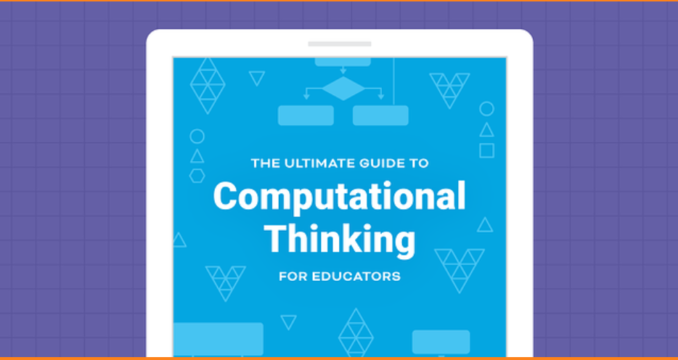In today’s digital and data-driven world, computational thinking is increasingly emerging as a critical skill for industries from technology to manufacturing and beyond.
Computational thinking is a problem-solving approach that enables individuals to tackle complex challenges by breaking problems down into manageable steps, recognizing patterns, and designing repeatable, step-by-step solutions.
In this article, we discuss computational thinking in the real world, from optimizing delivery routes or diagnosing medical conditions to predicting weather patterns or distributing energy.
What is Computational Thinking?
The definition of computational thinking includes the ability to create clearly defined step-by-step solutions to complex problems. These solutions can be replicated in whole or in part to solve similar problems, thus improving outcomes while maximizing efficacy and productivity.
Examples of How Different Industries Use Computational Thinking
Below are real-world examples of how a computational mindset fuels innovation and solutions in our daily lives.
Medical Industry
Computational thinking is a skill that is applied in most healthcare settings. Using algorithms and data analysis helps medical professionals more efficiently and effectively diagnose diseases, analyze medical images and identify patterns in patient data for better treatment outcomes.
Computational thinking in the medical industry is not only used to improve efficiencies and outcomes, but for innovation and problem solving as well.
Supply Chain Management
From manufacturing to retail, supply chain management is another example of an industry where computational thinking is utilized every day. Algorithms perform computations that determine efficient routes for shipping, predict supply and demand and help to manage inventory as effectively as possible.
Agriculture & Farming
Farmers and agriculturalists also utilize computational thinking in their industries. This includes strategizing and making decisions about planting, crop rotation, herd management, irrigation, pest and disease control and more.
Space Exploration
NASA and other space agencies use computational thinking to plan missions, calculate trajectories and analyze data from probes or satellites.
Energy Industry
Energy companies utilize computational thinking to optimize energy distribution. It is also integral to the green energy movement, including the design and production of wind, solar, natural gas, and geothermal energies.
Meteorology
Meteorologists use computational models to simulate and predict weather patterns. These models involve complex algorithms that analyze large datasets of atmospheric conditions to make accurate forecasts.
Criminal Justice and Legal Industries
Computational thinking is prevalent in the criminal justice and legal industries. It can be found in forensic investigations, legal precedence and proceedings and more.
Environmental Conservation
Conservationists use computational thinking to analyze ecological data, track wildlife populations and develop strategies for preserving natural habitats.
Finance Strategy and Business Intelligence
Computational thinking is used in almost all industries for financial strategy and business intelligence. Business strategy is data-based, utilizing pattern recognition, modeling, risk assessment and more to identify the most beneficial strategies for achieving goals. These analyses and modeling rely on the concept of computational thinking.
Final Thoughts
These examples demonstrate how computational thinking is used across a wide range of industries and fields to analyze data, solve complex problems, and make informed decisions. It’s a versatile skill that can be applied wherever there is a need to process information and find solutions.
Download our free resource: The Ultimate Guide to Computational Thinking for Educators.


